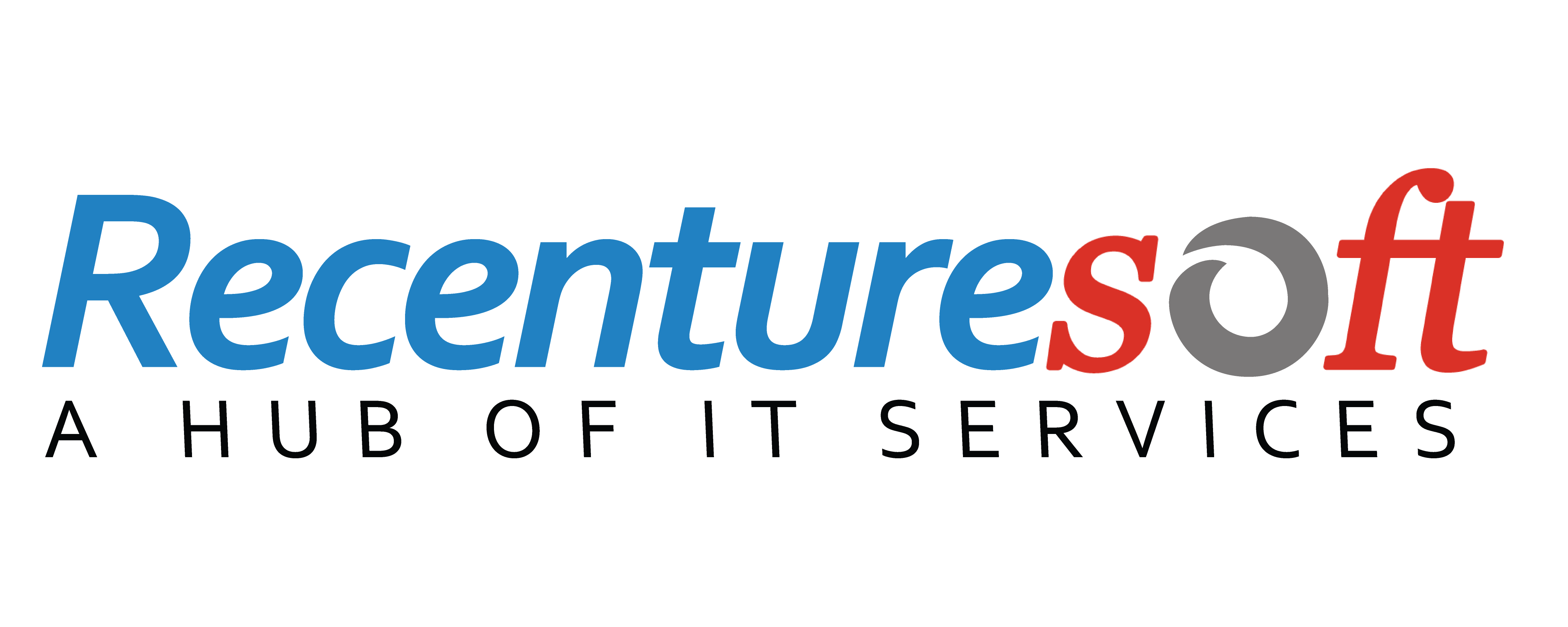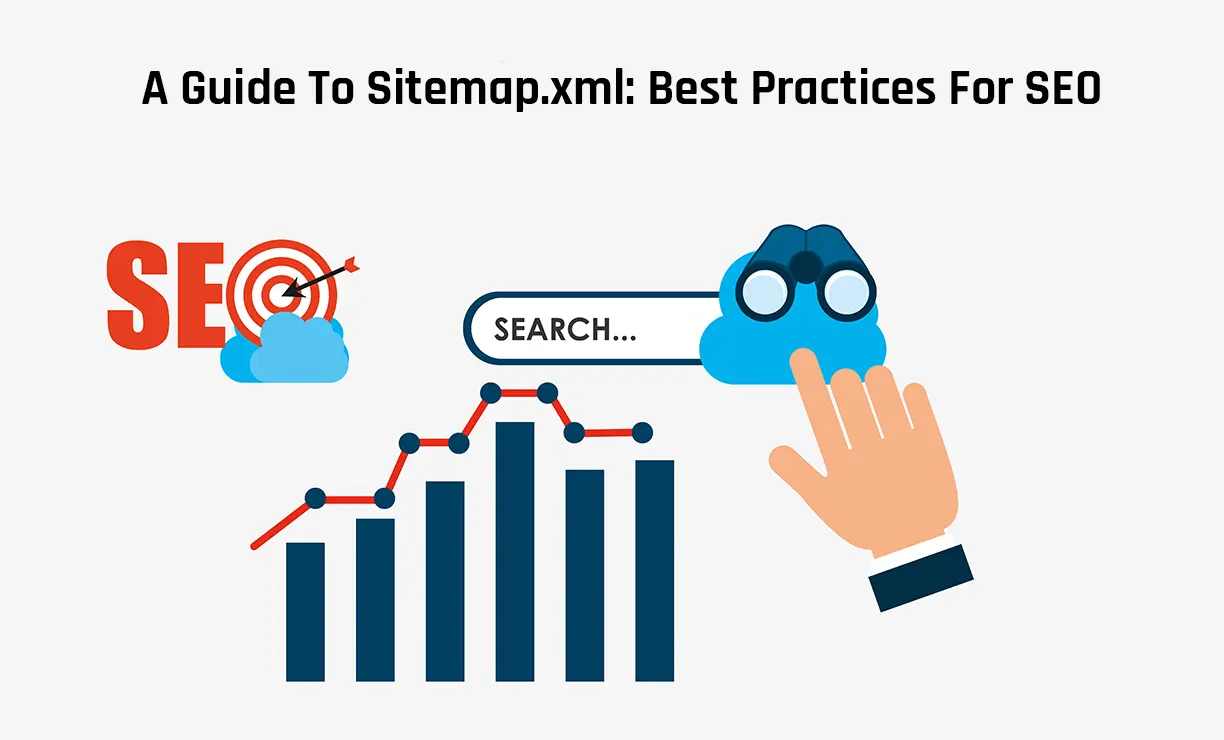Sitemap is one of the most prominent ways through which optimising any website will become possible at a much better length. Among the different SEO practices that you have mostly, creating and updating XML sitemap is an overlooked practice. Sitemaps play an essential role in determining the quality of search engines and the way they are meant to work. Sitemaps is one of the best and easiest way to get complete information for the structuring of different pages of your website.
Now, you might be wondering what is the best way through which you can conclude the sitemap.xml and what are some of the essential practices that you complete for this purpose. All of them will be informed to you here in this blog. In regards to the XML sitemaps you will need to be aware of the following aspects:
- What is the best time to update different pages of your website?
- When was the last time when changes were made to the pages?
- How crucial are pages in relation to one another?
All of these questions will be answered within our cohesive discussion to understand about implementing a sitemap.xml function into the horizon of your website.
Best Practices Of Implementation of Sitemap.xml for Cohesive SEO Optimization
Without wasting any further time, we will land straight on the point and help you understand the sitemap.xml, along with the ways through which it has come to fruition. Let us go with these practices one by one to a get a better level of understanding in this regard:
You Will Be Able To Give Better Attention To The Quality Pages
Quality is one of the defining factors when it comes to the ranking of a any website on the search engine page. If it is seen that your sitemap instead of directing at the quality pages directs at almost all of the pages then the search engine will take this as a negative sign. You will lag behind your competitors and for this reason, you will need to make sure that you do use Sitemap.xml decisively.
This function must be used on different pages wisely such as login pages. The quality of the site will play a crucial role. Due to this reason you should keep in mind that:
- Making the pages highly optimised is a better option.
- Your website should have several images and videos as well.
- The website must consist of unique content to make it stand out.
Isolating Different Indexation Problems
This is seen that as far as the Google search console is concerned, it is very selective in indexing different pages of your website. This is seen that Google will not inform you at all of the number of pages that have not been indexed. In case, you have submitted 10,000 pages and only 2000 pages are indexed then you will not have any information for the other 8000 pages that have not been indexed.
To avoid this mishap e-commerce websites are implementing the methodology of XML sitemaps and splitting different kinds of product pages. According to several experts, it has been found that there are high chances of pages not getting indexed if they do not have product images. Along with this, pages that do not have unique material will not get indexed.
You should keep an eye on the Google search console and the different updates that keep coming in from time to time. You can also keep all of your pages as noindex pages and in this way, you will not have any issue at all.
Keeping Canoncial Versions Of URLs Is A Win-Win Situation
If you have multiple similar pages to each other than the crawler will not be able to identify which is the best page that should be indexed. For this reason, the implementation of a “rel=canonical” tag for your page will do wonders and help Google understand which is the most important page that needs indexing. In this way, you will make it simpler for the bots to discover key pages and pages that do not have to be included in the URL.
Utilising Tools and plugins will help you to generate sitemap
Generating a sitemap is not a difficult task at all if you are willing to utilise the auditing software that will help you to have a built-in XML sitemap generator. Some of the websites such as WordPress have a built-in XML sitemap that can be used by the SEO executives. It is also possible to create a manual sitemap that will help you to follow the code structure in a better light. One more important aspect that you need to keep in mind that is the sitemap do not need to be in an XML format.
So, it completely depends upon you, the way through which you will want your sitemap to look like.
Submission of the sitemap to Google
Submitting sitemap to Google can happen easily through the means of Google Search Console. You will need to go through:
- Crawl
- Sitemap
- Adding Test Sitemap
One key advice that we will want to give you is that you should first test the sitemap and view the complete results before clicking submit. This will help you to avoid any kind of errors and can also prevent from pages not being indexed. Submission of a sitemap is the process through which you communicate with google to tell it, what are pages you seem worthy of being indexed and that have high quality as well.
Note- This process does not guarantee at all whether the page your sitemapping will get indexed. So, you cannot depend blindly on this process.
Sitemaps have the following advantages:
1. It will help Google to understand your website in a better light.
2. Personally, you will be able to discover errors that will help you to ensure what is the correct procedure of indexing within your website.
Dynamic XML Sitemap Will Help You Immensely For Larger Sites
It’s nearly impossible to keep up with all of your meta robots on huge websites.
Instead, you should set up rules to determine when a page will be included in your XML sitemap and/or changed from noindex to “index, follow.”
You can find detailed instructions on exactly how to create a dynamic XML sitemap but, again, this step is made much easier with the help of a tool that generates dynamic sitemaps for you.
Robot Meta Tag Will Be Used Over Robots.txt wherever you need them
If you do not require your page to be indexed than in such a situation you can add some tags such as “noindex.follow” that will help you to utilise meta robots. This will help Google immensely in preventing from indexing the pages that you do not want to come in the forefront. If you have any utility page that you do not want to be visible than in such a situation such tags are highly recommended.
This is one of the safest practices to preserve your crawl budget and you will be able to utilise robots.txt without much hassle at all. One more key information that we would want to share with you is that if you find certain pages that you do not want to be indexed but Google is still crawling it then you can use robots.txt.
Summing Up:
As we come to the end of our discussion, we hope that we were able to answer most of your questions in regards to one of the most popular practices Sitemap.xml to a large extent. Utilizing this function could help you incredibly to rank higher in the Google search engine results. Ultimately, you will be able to stand out among your competitors in an elegant way.






